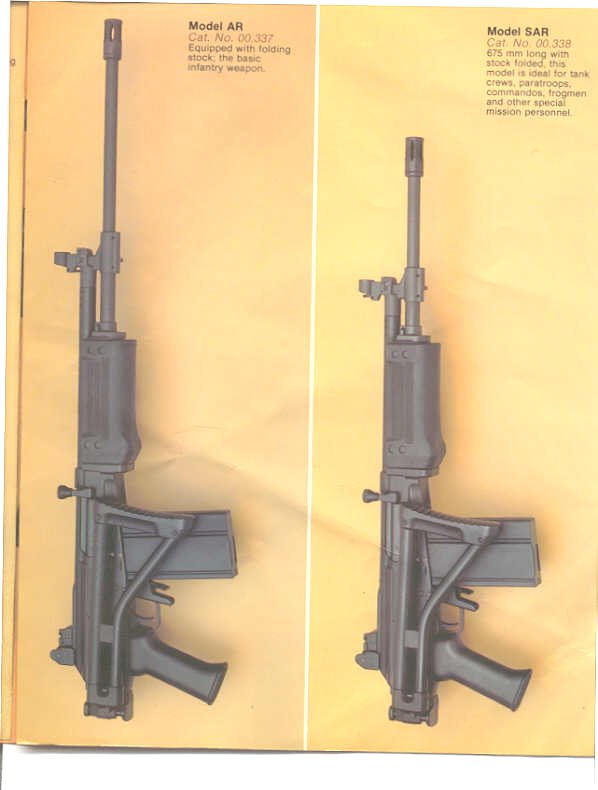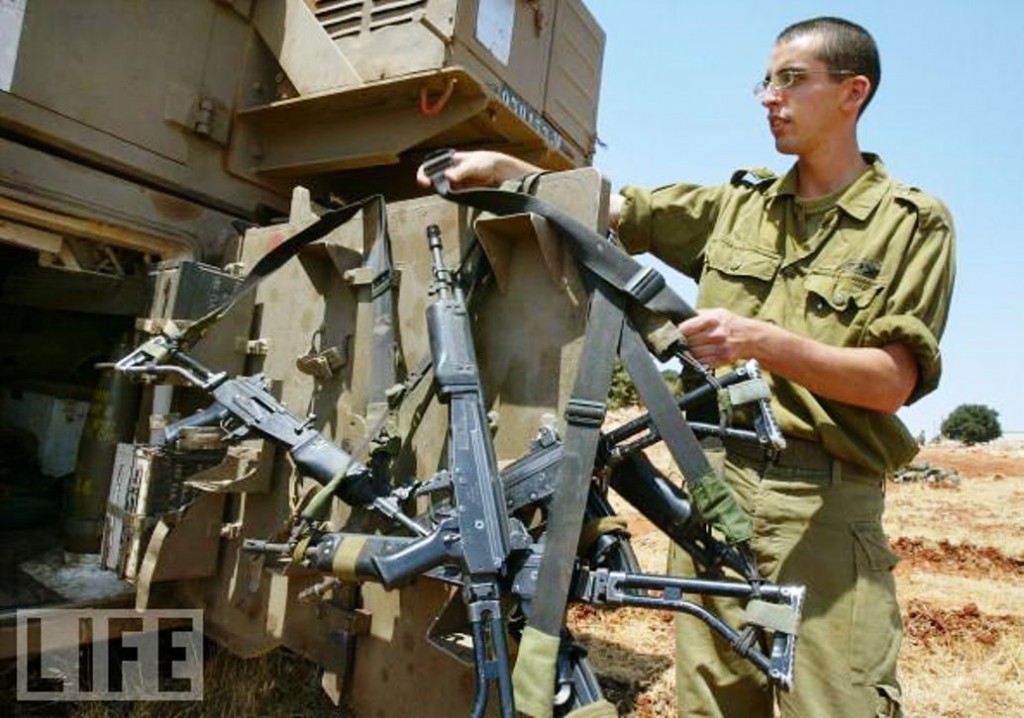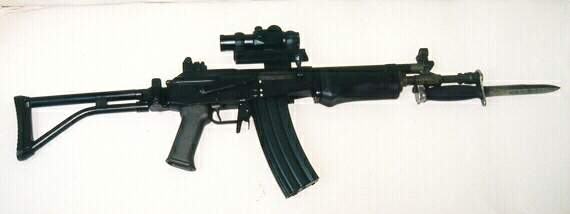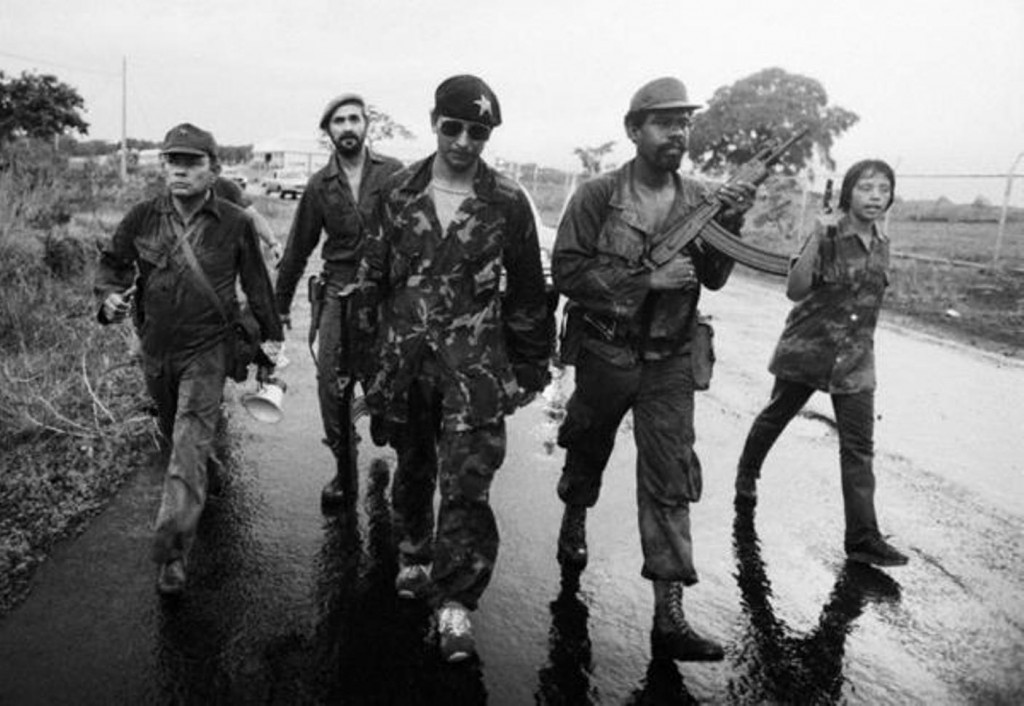by Seth Cane

Tanks and Armored Personnel Carriers (APCs) can be tight places, and every inch of room is used to the fullest extent. A rifle with a barrel length of 18 inches can seem down-right absurd to have in a tank through the eyes of its crew. Infantry officers will have similar complaints. When you are leading your company of men through harsh terrain and making tactical decisions, a big rifle is not what you need. Your role includes additional equipment that will weigh you down. And since your job is to lead more so than fight, your weapon is the first to go.

These thoughts in hand, we come to the final variant of the original Galil trio; the Galil Short Automatic Rifle (SAR). With short-barreled rifles being all the rage in the 21st Century, the Galil SAR has arguably become the modern favorite of the three. The Gas Tube and Piston were cut down roughly 1 Inch from that on the AR/ARM, and the barrel length was shortened from 18 Inches to 13 Inches on the 5.56mm NATO models and 14 or 16 inches on 7.62mm NATO models (The South Africans would reduce the 5.56mm NATO version even further to about 10 inches on the R6). These reductions – coupled with the folding stock – would create a very compact weapon with all the benefits of a Kalashnikov action. This allowed the Galil SAR to become a favorite of Special Forces/SWAT worldwide and the standard small arm of the IDF Armored Corps for close to 40 years (They have recently been replaced with shortened M4-based carbines according to most sources).

The first SAR rifles produced would sport Teak-wood foregrips and have no provisions for bayonet-mounting. Shortly after introduction, the SAR would be updated to Polymer foregrips and have bayonet lugs pinned behind the Gas Block assemblies (the lugs would later be cast into the gas blocks themselves), which would become the lasting variation.

Aside from Israel, the Galil SAR would see vast usage in Latin America through purchases by Guatemala, Mexico (through the Cartels), Chile and Colombia through local production. The reduced overall size and weight made the SAR a favorite in the often harsh climates, both for government officials and rebels alike. Coupled with 50-round magazines, the SAR could deliver great firepower despite its shorter barrel, making it an ideal weapon for Jungle fighting and guerrilla warfare.

Indeed, the SAR has become outdated by the new Galil ACE series now in production with INDUMIL of Colombia, regulating the SAR to freedom-fighters and smaller governments not requiring the latest-and-greatest. But the SAR and original Galil series have had successful runs of over 40 years, and are not likely to fade from the hands of the people who use them anytime soon. Even after their service is complete, such weapons have been given new life in the American surplus market as parts kits; ready to be rebuilt and used for many years to come.


Be the first to comment